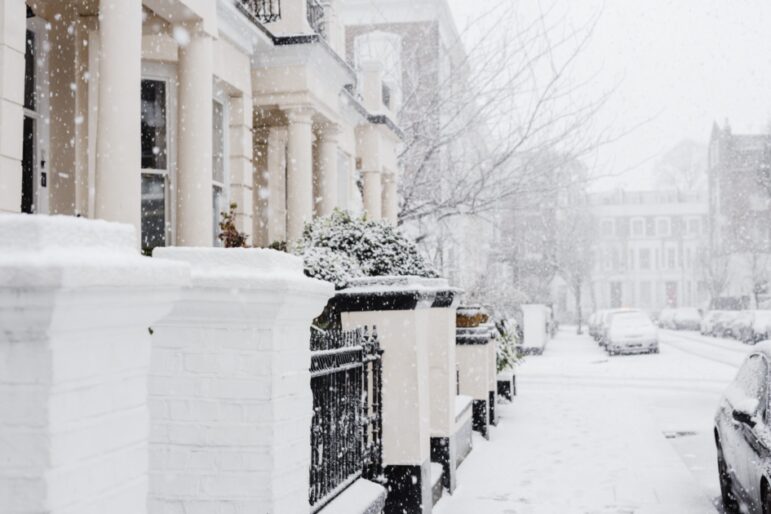Winter weather brings all sorts of storms, and as a building manager or operator, planning ahead to mitigate risks and spare your budget is an important part of your job. Being unprepared for a winter storm could result in production delays, work stoppage, or unexpected repair work.
Create a backup plan to ensure your building and your employees are prepared, no matter what the winter weather brings.
Stay informed
The best way to avoid scrambling for a solution is to stay on top of the weather. While not all storms can be accurately predicted, typically there is a 24 to 48-hour weather warning issued. If you’re vigilantly watching the updates, you can be ready to act, as long as you already have your winter storm contingency plan in place.
Consider creating winter storm checklists for all sorts of weather events, so that when one arrives, you have quick access to all the steps you’ll need to take. Be sure to communicate impending weather and the response plan to your staff so everyone is on the same page, should the need arise.
Protect your power
Power outages can stop productivity, pose safety risks, and result in lost data. Consider a backup generator to minimize these risks and keep your business running smoothly. There are options that run on gasoline, so as long as you can keep a supply handy, you’ll be prepared. Using a generator that runs on natural gas means that you can connect to your existing lines for quick and easy access when you need it most.
There are a few other things you can do: install emergency lights, keep battery-powered candles or flashlights around the building, implement automatic data backup, and keep your team feeling safe and protected.
Worry about water damage
Winter temperatures fluctuate and burst pipes and flooding can occur in your building, becoming an inconvenient – and expensive – issue. The key is to keep your pipes warm, so they are not subject to dropping temperatures.
Taking steps to maintain a warm interior temperature throughout the winter, wrapping your pipes in insulation, and testing your valves before the first freeze will lower the chance of your pipes bursting this winter.
RELATED: How to top your pipes from freezing in the winter
Having a plan in place ahead of time will allow you to protect your building from winter storms causing lost productivity, interior damage, and costly repairs.









